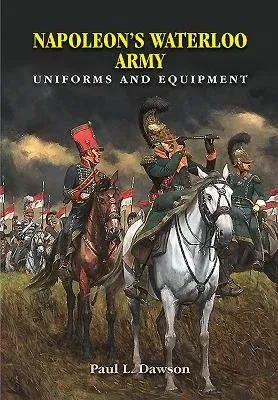Paul L Dawson
(Author)Napoleon's Waterloo Army: Uniforms and EquipmentHardcover, 27 December 2019

Qty
1
Turbo
Ships in 2 - 3 days
In Stock
Free Delivery
Cash on Delivery
15 Days
Free Returns
Secure Checkout

Print Length
696 pages
Language
English
Publisher
Frontline Books
Date Published
27 Dec 2019
ISBN-10
1526705281
ISBN-13
9781526705280
Description
Product Details
Author:
Book Format:
Hardcover
Country of Origin:
GB
Date Published:
27 December 2019
Dimensions:
24.89 x
16.51 x
4.32 cm
Illustrator:
ISBN-10:
1526705281
ISBN-13:
9781526705280
Language:
English
Pages:
696
Publisher:
Weight:
1918.69 gm